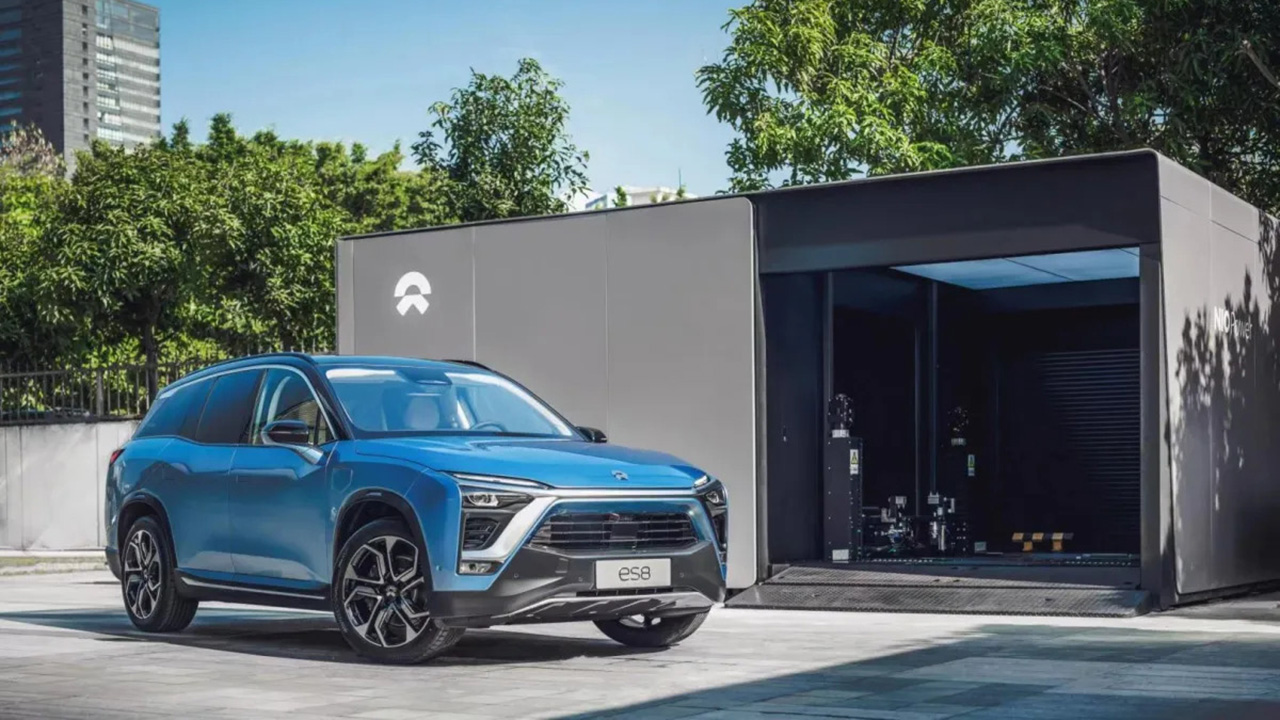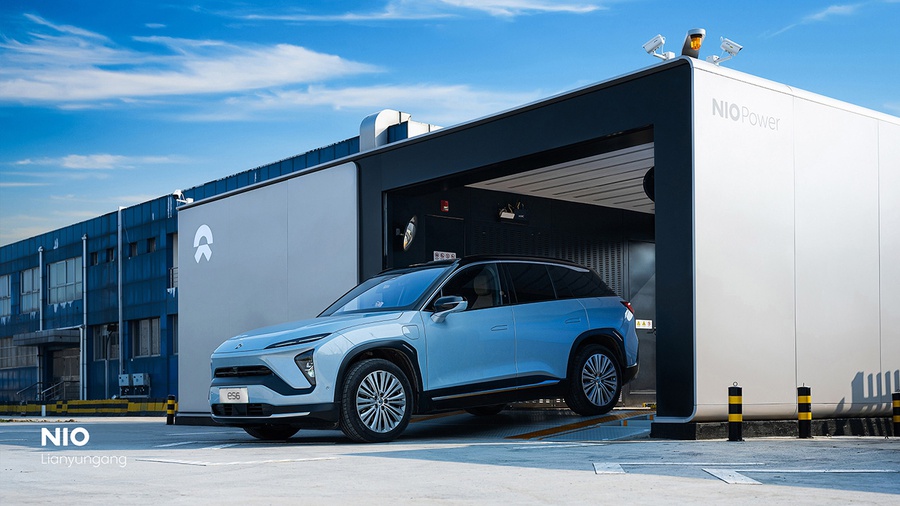The new battery swap station, located in the Hogenhoorn 1 parking lot in the southern Dutch town of Denhollen, is easily accessible to both locals and travelers alike, as it is situated next to the A4 freeway connecting Amsterdam and Rotterdam. This station marks NIO's third battery swap station in the Netherlands.
NIO's European battery swap station expansion began on January 19, 2022, with the activation of its first station in Norway. Since then, the automaker has continued to grow its charging and battery swap infrastructure across Europe.
In September, NIO's Power Europe Plant in Hungary produced its first power plant, which was then shipped to Germany. This plant has played a key role in the company's efforts to quickly establish its power infrastructure in Europe, and as a result, NIO now has battery swap stations in Sweden, Germany, and the Netherlands.
NIO has announced that it plans to add seven more battery swap stations to the 10 already in operation, bringing the total to 17. The company's ultimate goal is to establish 120 battery swap stations in various cities across Europe by the end of 2023. While this may seem ambitious given the current number of operational stations, NIO is confident in its ability to reach this target.
NIO has already achieved significant success in its home market of China, where it has established 1,294 battery swap stations to date. This is just six stations short of the company's goal of 1,300 stations for 2022. NIO has also stated that its battery swap technology is available to other automakers.
NIO's battery swap stations allow electric vehicle (EV) drivers to quickly and easily exchange their depleted battery for a fully charged one. This process is typically faster than traditional EV charging, as it does not require the battery to be charged from a low state of charge. The main advantage of this technology is that it allows EV drivers to quickly and conveniently extend the range of their vehicle without having to wait for their battery to charge. However, one potential disadvantage is that the battery swap stations may not be as widely available as traditional EV charging stations, which could make it more difficult for some drivers to access this service. Additionally, the cost of maintaining and operating a battery swap station may be higher than that of a traditional EV charging station.
Source: Carnewschina


